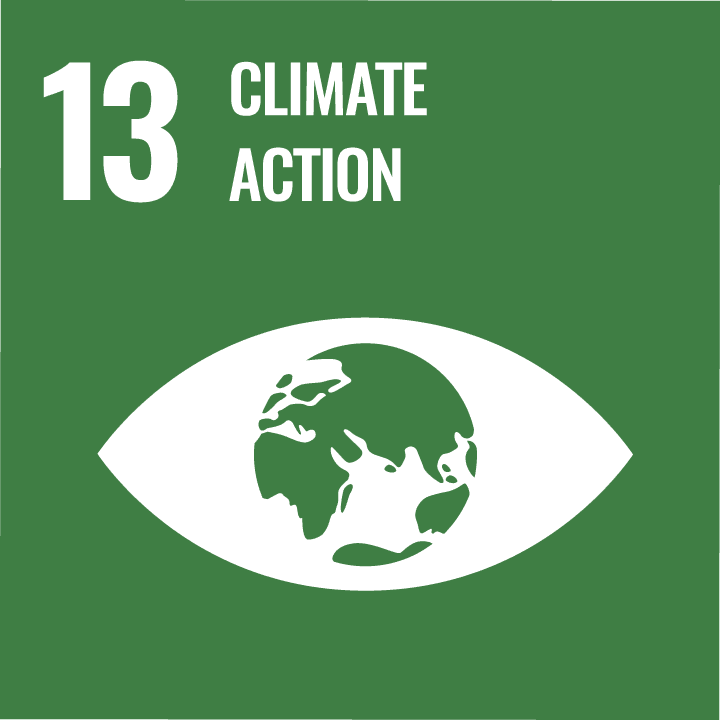For the Common Good
 Photo: © iStock-1280698704
Photo: © iStock-1280698704 - Resource Type
- Project
- Subjects
- Earth Science
- Topics
- Ecosystems Sustainability
- Time for activity
- 15 - 30 Minutes
A simple and fun demonstration to teach students about the Tragedy of the Commons. Students compete to earn candy without communicating with
their peers, and will almost always experience the “tragedy” of running out
of their shared resource after just a single round.
- Introduction
-
A simple and fun demonstration to teach students about the Tragedy of the
Commons. Students compete to earn candy without communicating with
their peers, and will almost always experience the “tragedy” of running out
of their shared resource after just a single round. Then they have the opportunity to play again—this time after talking out a strategy and working
together to make a plan for the future. Through dialogue and holding each
other accountable, students learn how to share their resources fairly, so that everyone can earn the coveted candy reward.Renewable resources, such as trees or fish, can be maintained if managed
properly. But if not given an opportunity to replenish, these resources can
be exhausted quickly, especially as the demand for the resources grows.
Garrett Hardin’s theory, Tragedy of the Commons, asserts that people tend
to act in their own self-interest and not in the interest of the “common good.” In managing renewable resources, it is important for people to use them cooperatively and to not sacrifice long-term gain for short- term profits. A similar concept holds true in social dilemmas – cooperation, rather than selfishness, brings more long- term benefits to society. It is valuable to understand the benefits of cooperation and sustainable resource management in order to preserve our limited resource base as the population continues to grow. - Key Objectives
-
- Identify a strategy that would produce a sustainable use of
resources in a simulation game; - Draw parallels between the chips used in the game and
renewable resources upon which people depend; and - Analyze how the actions of participants in resource simulation
games are similar or different from the actions of people in
real-world situations.
- Identify a strategy that would produce a sustainable use of
- Guiding Questions
-
- What are renewable and non-renewable resources?
- Give examples of renewable and non-renewable resources in
the environment/in your community. - Describe how each example is being harnessed
and their uses and/or products produced from
the particular resource. - What are the problems/issues concerning these
resources? - Why are these problems occurring?
- What will happen if these resources are
depleted? - What are the possible solutions to address these
problems? - Why is cooperation important in conserving
these resources? - Give some examples of how people cooperate
in your community?

/rating_on.png)
/rating_half.png)
/rating_off.png) (16 )
(16 )




